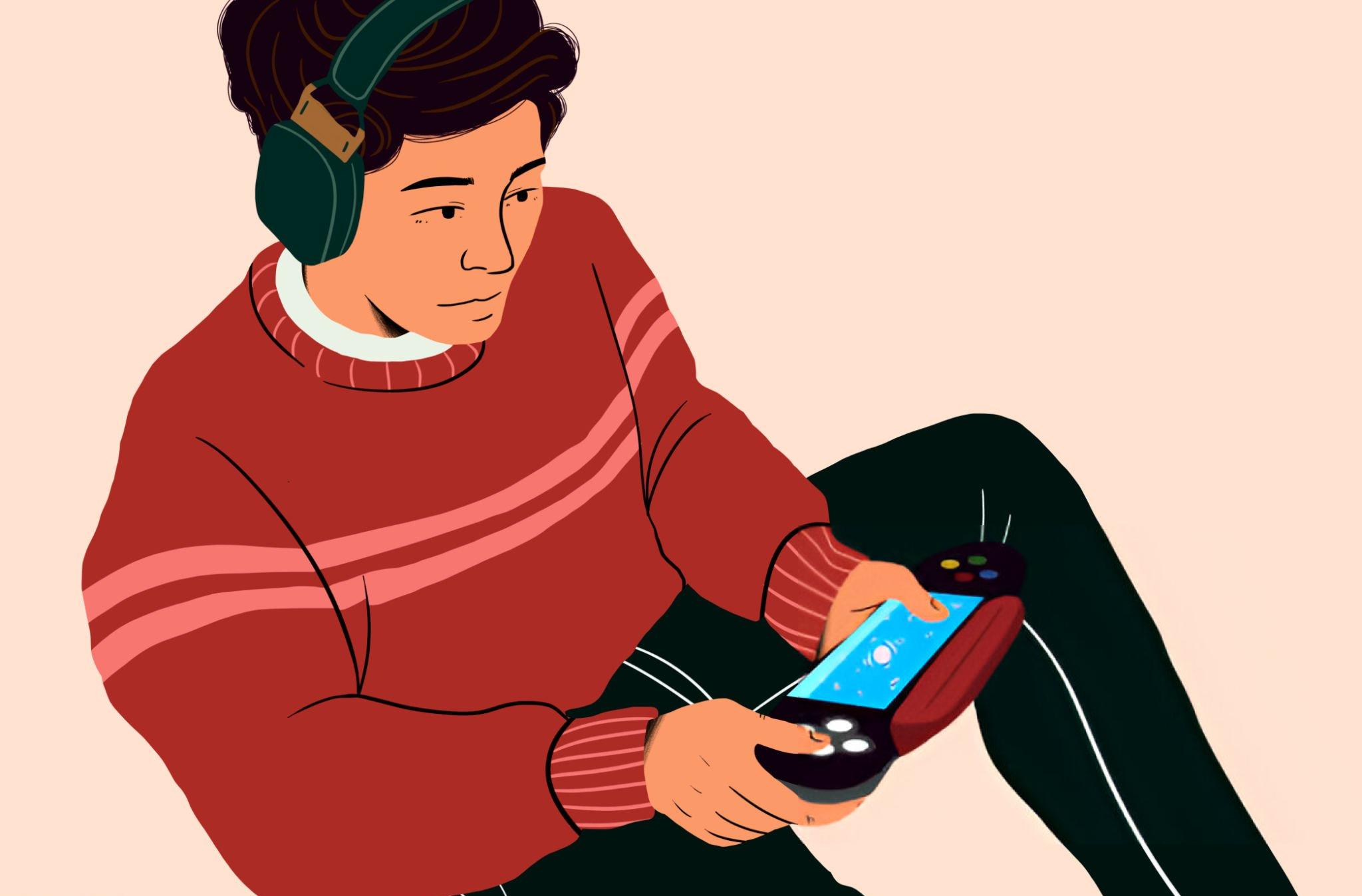Why Reaction Time Matters in Gaming
If you’ve ever played an intense round of reaction time browser games, you know how quickly things can shift from victory to defeat in just a split second. That moment where you miss a click by a hair or tap a key just a fraction too late can change everything. Reaction-based games are built on one core principle—timing. And if your reaction time isn’t sharp, you’ll find yourself frustrated, outpaced, and constantly second-guessing your reflexes.
The good news is that reaction time isn’t fixed. Just like building muscle in the gym, you can actually train your brain and body to respond faster. In this guide, we’ll dive into why timing is the foundation of these games, explore real strategies to improve it, and give you the tools professionals use to stay sharp.
Understanding Reaction Time in Browser Games
At its core, reaction time is the gap between seeing (or hearing) a signal and physically responding to it. In everyday life, it’s what keeps you from bumping into someone on the sidewalk or slamming your brakes in traffic. In the world of reaction time browser games, though, that tiny fraction of a second is the difference between scoring big and losing the match.
Scientists break down reaction time into three stages: perception (noticing the signal), processing (deciding what to do), and response (executing the action). Games like Reaction Time Test, AimBooster, or Human Benchmark simulate this process in controlled ways, letting you see how your skills compare against friends—or even esports players.
But here’s the key insight: most players focus on raw speed, while professionals focus on reducing hesitation during the processing stage. That’s what separates casual players from serious competitors.
Why Players Struggle With Timing
If you’ve ever shouted “I swear I clicked on time!” after losing in a fast-paced browser game, you’re not alone. Common challenges include:
-
Mental fatigue: Long gaming sessions slow down brain responses, especially when your focus drifts.
-
Overthinking: Hesitation adds precious milliseconds before your move.
-
Poor hand-eye coordination: Your brain spots the cue, but your fingers can’t keep up.
-
Environment factors: A slow internet connection or laggy mouse adds invisible delays.
When I first started training with browser-based aim tests, my results were all over the place. Some days I felt unstoppable, and other days I couldn’t land a single clean reaction. The breakthrough came when I realized I wasn’t just training my fingers—I was training my mind to make quicker decisions.
How Reaction Time Browser Games Train Your Brain
Think of these games as a mental gym. Just like weights stress your muscles to grow stronger, timed challenges push your brain and nervous system to adapt. With consistent practice, your neurons build faster pathways, making your responses almost automatic.
Take the game AimBooster, for example. Small targets appear randomly on your screen, forcing you to react instantly. At first, you’ll miss more than you hit. But with repetition, your accuracy sharpens, and your brain learns to predict patterns. Similarly, Human Benchmark’s Reaction Test records your average response speed, encouraging you to beat your own record.
The science backs this up. A 2021 study in Frontiers in Psychology showed that gaming significantly improves visual reaction time and hand-eye coordination, especially in younger players. That’s why esports pros can react nearly 100 milliseconds faster than casual gamers—an eternity in high-speed competition.
Tools and Games to Sharpen Your Timing
When it comes to training, not all reaction time browser games are created equal. Some focus on pure speed, while others test accuracy, decision-making, or multitasking under pressure. Here’s a simple comparison of popular tools:
| Game/Tool | Focus Area | Best For | Challenge Level |
|---|---|---|---|
| Human Benchmark | Pure reaction speed | Beginners tracking progress | Low |
| AimBooster | Hand-eye coordination | FPS and shooter players | Medium |
| Reaction Time Test | Visual stimulus response | General timing improvement | Low |
| 10 Fast Fingers | Keyboard reflexes | Writers, coders, multitask gamers | Medium |
| Aim Lab (advanced PC) | Pro-level aim training | Competitive FPS and esports practice | High |
If you’re just starting, begin with Human Benchmark or Reaction Time Test to build a baseline. Once you’re comfortable, step up to AimBooster or Aim Lab for more advanced drills.
Pro Tips to Improve Reaction Time Beyond Games
Training in browser games is only part of the puzzle. Your lifestyle, habits, and even mindset affect how quickly you respond.
Sleep is the first big factor. A single night of poor rest can slow reaction time by up to 300 milliseconds, according to research from the Journal of Sleep Research. Hydration also plays a role—mild dehydration can impair focus and slow reflexes.
Personally, I noticed my best scores came after short gaming sessions following a brisk walk. Light exercise boosts blood flow, which primes your brain for sharper responses. I also experimented with caffeine before testing sessions, and while it gave me a temporary boost, the crash afterward reminded me it’s not a sustainable strategy.
Esports coaches often recommend these methods for better timing:
-
Practice short daily drills rather than marathon sessions.
-
Warm up your fingers with typing tests or simple hand stretches.
-
Play in a distraction-free environment with minimal screen lag.
The Role of Mindset and Focus
Reaction-based games aren’t just about fast hands—they’re about a calm mind. Overthinking slows you down, while a focused, relaxed state speeds you up. Psychologists call this “flow,” where your brain and body align perfectly, and time seems to slow down.
One trick I learned is controlled breathing. Before a tough round, I take a slow breath in, hold it, and exhale fully. This lowers tension and keeps my hands steady. It sounds simple, but in fast-paced browser games, those small habits can make the difference between losing and setting a personal best.
FAQs About Reaction Time Training
Can anyone really improve reaction time, or is it genetic?
While genetics play a role, studies show consistent training can reduce reaction time significantly. Everyone has a personal limit, but nearly all players can improve.
Do browser games actually translate to better performance in real video games?
Yes, especially for FPS, racing, and sports games where timing matters most. Browser games create muscle memory that carries over.
How long should I train daily?
Ten to fifteen minutes of focused practice is more effective than an hour of unfocused play. Consistency beats intensity.
Are there risks of overtraining?
Yes. Extended repetitive drills can lead to eye strain or wrist fatigue. Balance practice with rest.
Conclusion: From Casual Clicks to Pro-Level Timing
Mastering reaction time browser games isn’t just about being quick—it’s about being consistent, focused, and strategic. By blending the right tools, healthy habits, and a calm mindset, you can shave precious milliseconds off your response time. Whether you’re a casual gamer trying to beat your own score, or an aspiring esports competitor aiming for the big leagues, timing is the invisible skill that sets winners apart.
The next time you load up a browser reaction game, don’t just see it as a test. See it as training—an investment in sharpening your brain, mastering your reflexes, and playing like a pro.

